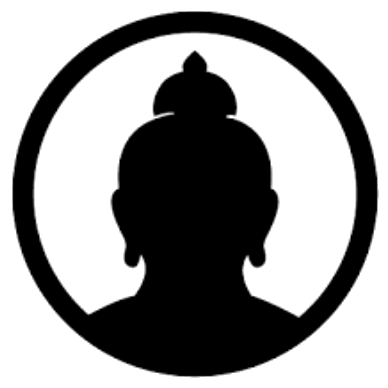TOPIC
Somatic Practices articles
Below are the best articles we could find on Somatic Practices.
Thomas Hanna, a philosopher and teacher, coined the term somatics back in the 1970s to speak about how we sense our experiences and ourselves. He described somatics as “the study of the self from the perspective of one’s lived experience, encompassing the dimensions of body, psyche, and spirit.” All somatic practices work to help us bring unexamined or unknown parts of ourselves and our experience into conscious awareness through proprioception (knowing where we are in space and time), interoception (knowledge of how we feel inside our bodies), and other forms of inner-directed awareness.










